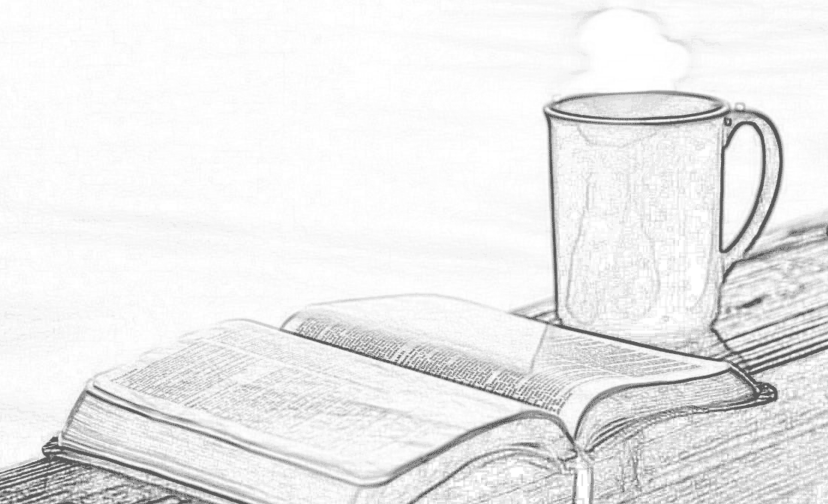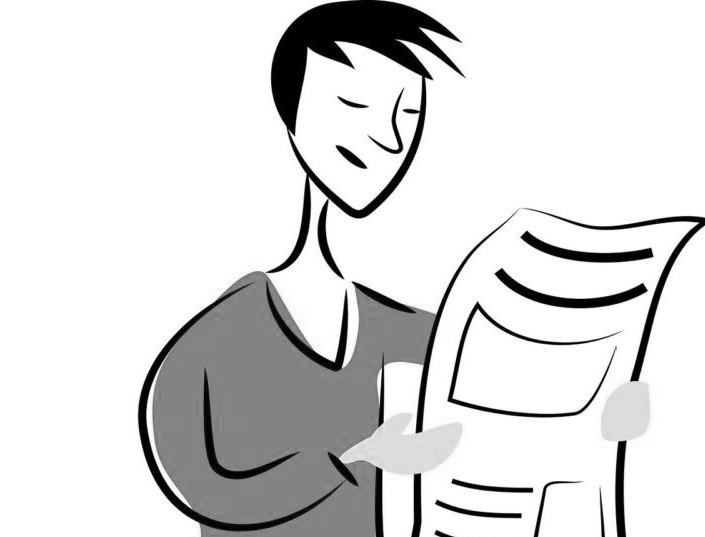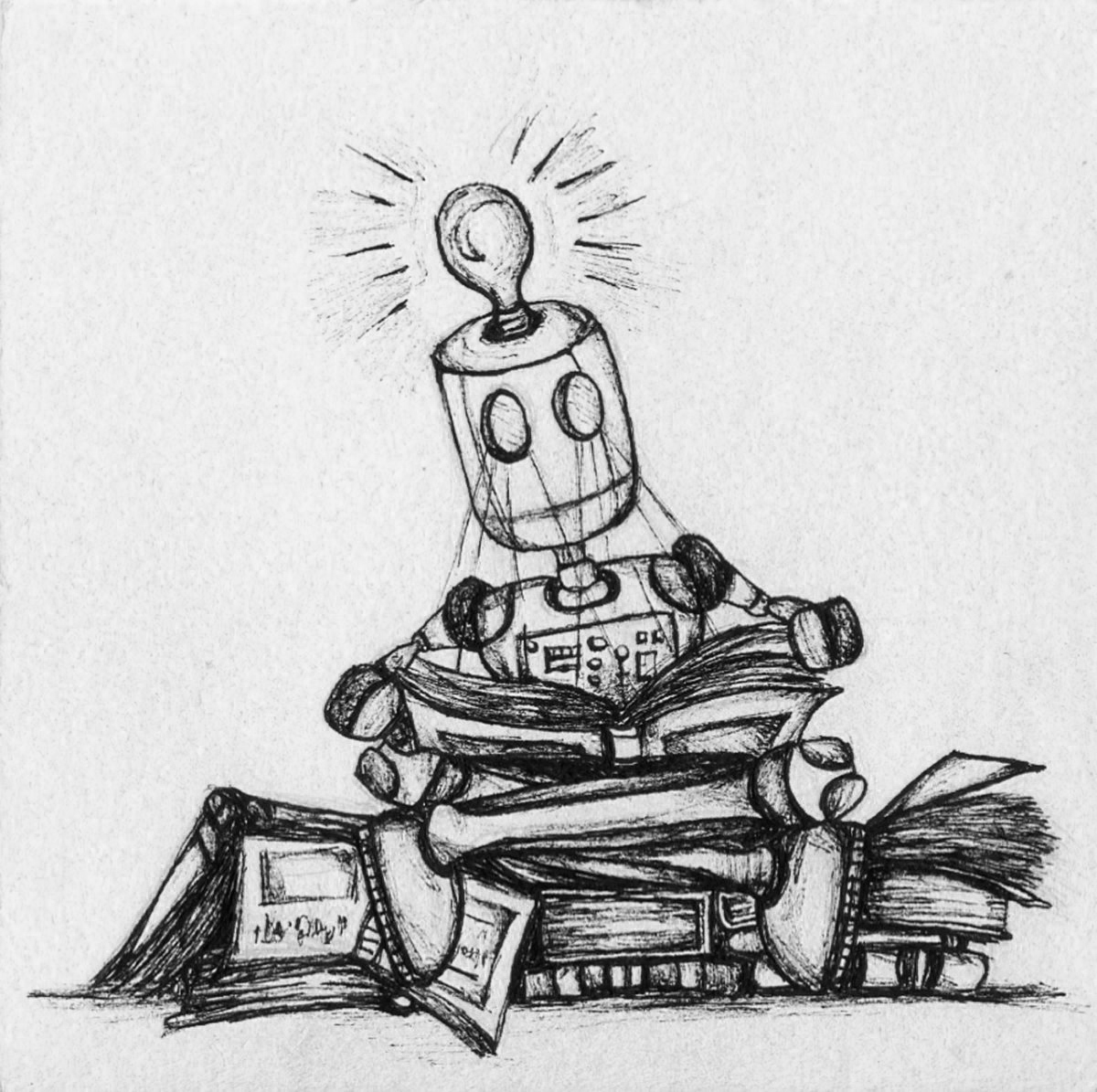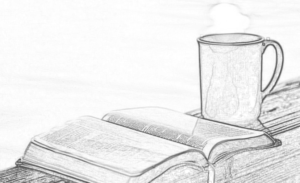Locust (Salabhasana)
When this pose is demonstrated it resembles a locust (grasshopper) moving its rear ends up and down, hence the name.
Locust is one of the backward bend asanas usually performed in a sequence; first the Cobra is practiced, than the Locust followed by the Bow. Locust is a posture which turns the body out expanding the chest to face the world. It is a very stimulating, powerful and dynamic asana, one of the most demanding but also one of the most unnatural posture in Hatha yoga.
The Locust pose requires the muscles of the lower back, abdomen and legs to work with each other to achieve the lift in the lower body.
Before attempting the full Locust try to do the easier version (Half Locust), which involves lifting only one thigh at a time instead of both of them simultaneously.
As a beginner you may not have enough strength to make any movement of lifting the thighs up but you will still benefit from the effort.
As an intermediate student you will be able to lift your legs higher than the beginner student but it will require more strength in the arms, forearms and shoulders.
As an advanced student you have to be careful not to hurt yourself by falling out of the posture by trying to toss yourself up into the full pose before developing sufficient strength and control.
To maintain this asana the intense whole-body muscular effort is needed.
Locust serves as a counter pose to Sitting Forward Bend (Paschimottanasana), Plough (Halasana) and Shoulderstand (Sarvangasana) which bend the spine forward.
This asana greatly compliments the Cobra (Bhujangasana), lifting the lower part of the body rather then the upper, but it is more difficult pose because it is less natural and more strenuous to lift the lower extremities (legs) from a prone position (lying face downwards) than to lift the head and shoulders.
Locust brings a large supply of blood to the kidneys, cleansing and regenerating them. It strengthens the shoulders, arms, pelvic organs and lower back muscles. It tones the muscles of the abdomen, tights and legs. It tones the sciatic nerves providing relief for people with backache, mild sciatica and slipped disc (as long as the condition is not serious).
However beneficial the Locust is there are some health conditions in which the Locust should be avoided.
Three important reasons (out of many) not to do Locust:
1) Person with High Blood Pressure is better to avoid this pose.
2) As the asana puts lots of pressure on the abdomen it is strongly advisable for pregnant women not to attempt this asana.
3) Anyone suffering from Peptic Ulcer should not do this posture.
Issued in the interest of people practicing Hatha Yoga by Subodh Gupta, Yoga Expert based in London.





